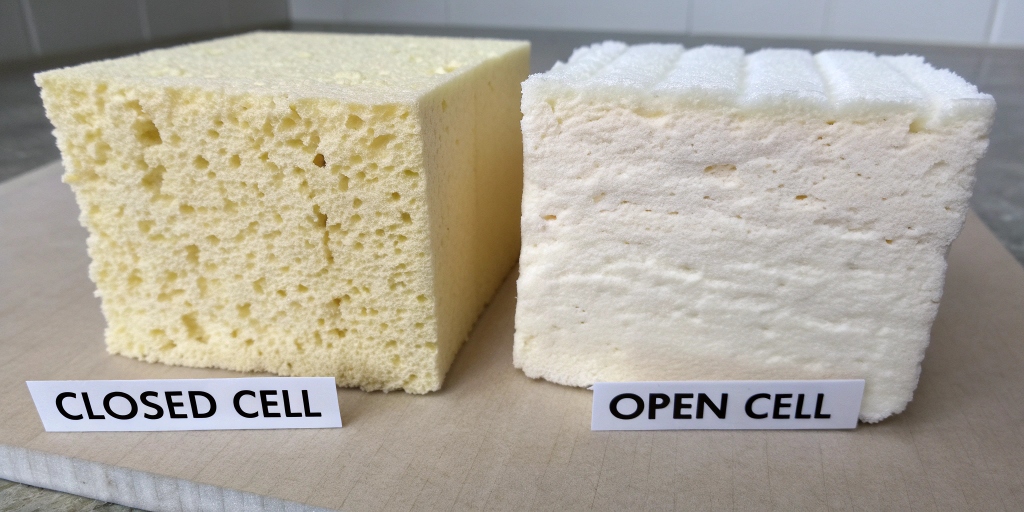The Complete Guide to Underfloor Heating Installation
Underfloor heating is a great way to transform the comfort of a room while also providing warmth. Understanding the installation factors is essential for anyone considering an upgrade to this type of heating system.
Pre-Installation Planning
Proper preparation ensures smooth installation. You’ll want to make sure you know what to expect and have everything in place ready for the installation.
- Calculate the height of your floor and assess its construction
- You can choose between electric or wet systems
- Calculate the heat requirement for each room
- Design the heating zone layout
- Consider existing floor coverings
- Check insulation requirements
- Assess power supply capacity
Subfloor Preparation
Installing a successful system requires that you:
- Make sure the subfloor level is 100%
- Remove all debris by cleaning thoroughly
- Insulate your home with the right insulation
- Moisture issues should be checked and rectified
- Cracks and damage should be repaired
- If needed, apply damp-proof membrane
- Drying time should be sufficient
Selecting the Right System
Select the best system according to your requirements. You should seek advice from professionals. For more information on Underfloor Heating Gloucestershire, visit a site like https://parsonsflooring.com/services/electric-under-floor-heating-gloucestershire
Different types of systems include:
- Whole-house water heating
- Single room electric mats
- Unstrung wires for irregular spaces
- New builds can benefit from an in-screed system
- Renovations that are low-profile
- Compatible floor coverings
- Control system requirements
Installation Best Practices
Take these important steps for the best results:
- Test the subfloor temperature
- Mark heating cable/pipe layouts
- Keep consistent spacing
- Install temperature sensors
- Protect cables during installation
- Check the system prior to floor covering
- Document the installation layout
Common Mistakes to Avoid
Avoid these common issues that can lead to headaches for the homeowner:
- Insulation that is not sufficient
- Cable spacing that is incorrect
- Poor floor preparation
- Heating elements damage
- Testing that is not adequate
- Wrong screed depth
- Incompatible floor finishes
Final Testing and Commissioning
Essential completion steps to achieve the best outcome:
- Resistance testing
- Any possible cable damage should be checked
- Testing of the sensor’s functionality
- Calibrate thermostats
- Test results recorded
- Documentation for system installation
- Users briefed on operation of the system
Underfloor heating is a complex system that requires precision, testing, and careful planning. Professional installation of water-based and complex systems is required for optimal performance. This isn’t a DIY job unless you are a qualified professional!




